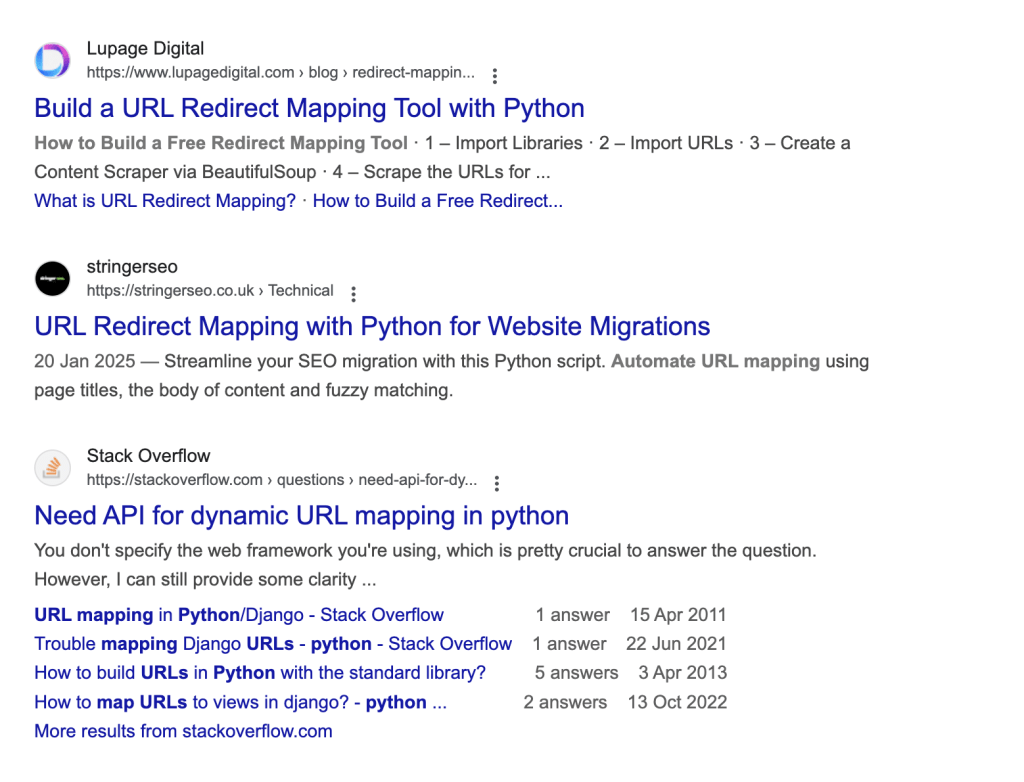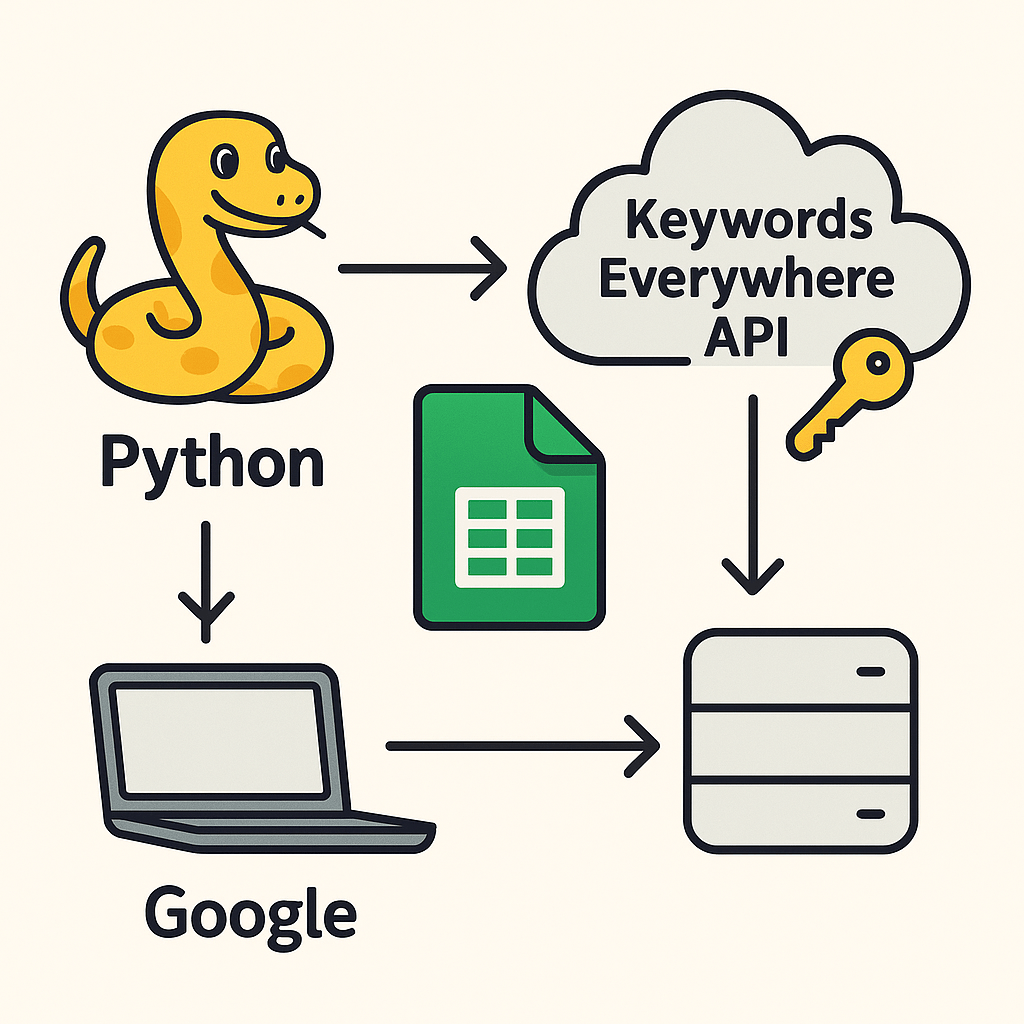Blogging can be an effective way for a small business to generate demand and drive their brand awareness. A blog post can help drive organic traffic, and boost engagement from targeted audiences if it’s useful and relates to their search intent.
Table of Contents
But how do you ensure your content is both engaging and relevant for keywords that are searched by your target audience? Read the guide below to learn about the key elements of structuring a blog post.
1. Titles & Descriptions
Titles and Descriptions are pieces of information about your blog post that people see in search engine result pages, and whatever browser they are using. Search engines read this information when crawling the HTML of your blog post.
Here is an example of a search result page showing the titles and descriptions of pages that appear for ‘url mapping with python’ keyword:

How to Write a Title Tag
- Be relevant, concise and natural.
- Keep it between 50-60 characters.
- Include the main keyword and branding.
- Make it clear and engaging, possibly with a call to action (CTA).
How to Write a Meta Description
- Summarise the post in 150-160 characters.
- Include the target keyword naturally.
- Make it compelling enough to encourage clicks.
2. Structuring Your Blog Post
A well-structured post keeps readers engaged and it helps search engines understand the contents on the page.
Introduction copy
- Start with a question, fact, or bold statement to grab attention.
- Quickly introduce the topic and why it matters.
- Give a brief overview of what readers can expect.
Headings & Subheadings (H1, H2, H3)
- Use H1 for the title, H2 for main sections, and H3 for subsections.
- Keep headings concise, clear, and keyword-relevant.
Content Body
- Break it into short paragraphs for readability.
- Use bullet points and numbered lists to improve clarity.
- Include images, infographics, and other visuals to enhance engagement.
- Ensure smooth transitions topically between sections.
3. Using Internal & External Links Effectively
Internal Links
- Link to relevant blog posts or website pages to keep readers engaged.
External Links
- Use authoritative sources to back up claims and build credibility.
- Ensure links open in a new tab so readers don’t leave your site.
4. Writing a Strong Conclusion
- Summarise key points in a natural way.
- Reinforce the main takeaway.
- End with a clear CTA.
5. Other SEO Considerations for Blog Posts
Call to Actions (CTAs)
- Encourage readers to take action (e.g., sign up, comment, share).
- Keep them clear and natural, placed at the end or within the post.
Social Sharing Buttons
- Place at the top and bottom of the article for easy access.
Author Bio & EEAT Compliance
- Readers connect better when they know who wrote the article.
- Include a brief bio, expertise, and a headshot.
- Google values expertise, experience, authority, and trustworthiness (EEAT).
Image ALT Tags
- Describe images naturally for accessibility.
- Avoid keyword stuffing—keep descriptions clear and accurate.
When structuring a blog post to generate traffic and connect with your target audience, it’s important to plan and optimise it for both readers and search engines.
By following a clear structure and incorporating SEO best practices, your post has a strong chance of being indexed and ranking for relevant keywords. However, its performance will also depend on how well your website meets other SEO ranking factors.




